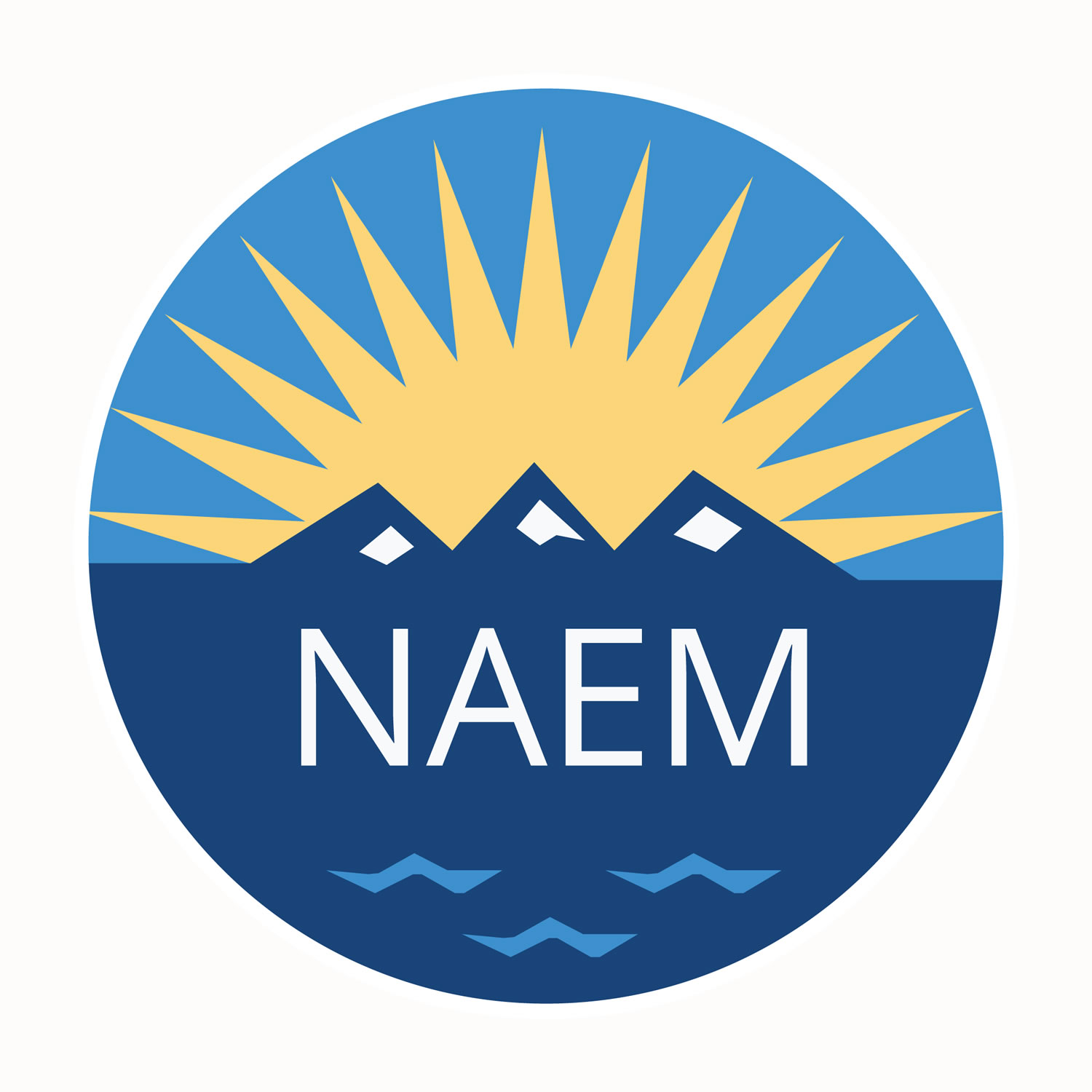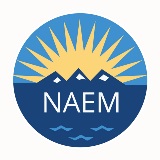New Tools Help Companies Proactively Advance EHS Culture

This is the question that Dave Roberts and the team at General Electric Co. address through the use of scenario-based audits, a tool that helps them uncover unlikely, but potentially impactful threats.
"If you focus solely on minor compliance-type findings you may not prevent something significant from happening," said Mr. Roberts, the U.S. Risk and Growth Leader. "We think we can take our performance to the next level by focusing on risk."
He recently shared details about the company's program during an interactive benchmarking session at NAEM's 2016 Compliance Excellence Conference in Cincinnati, where more than 120 EHS and sustainability professionals gathered at GE's Aviation Learning Center to discuss leading approaches to advancing EHS performance.
GE's scenario-based audit, which is structured as a multi-stakeholder dialogue, often begins by looking at the facility's hazard heat map to identify the processes with the more serious consequences. The team then goes through a bow tie analysis, which allows participants to identify the key threats, discuss the preventive defenses, describe the type of incident that could result from those threats and evaluate the consequences of that event.
The exercise does not supplant a traditional audit, but rather provides the team with additional insight to get ahead of a risk.
"We're a learning organization, so it allows us to learn more around operation and really understand some of the true causes that could [lead to] an event or a non-compliance," he said. "It also puts the operation or the plant in less of a defensive position... We're teaming with them to figure it out and we agree together to what items we need to fix."
Armed with that analysis, the team can then test the mitigating defenses, a step that might not be part of a standard audit, Mr. Roberts explained.
"I can remember one instance when I went out to the operator and asked him: 'What happens when you push the emergency stop button?' He explained what he thought it did but he wasn't really sure because he had never pushed it."
While 85 percent of those who responded to NAEM's conference survey have some type of process to proactively identify risks, scenario-based approaches are not yet the norm, according to several conference attendees.
Stephanie Werner, Compliance Manager at Intelligrated, sees this method as an effective tool to gain a more holistic portrait of risk from all those who impact it.
"That sort of resonated that [a bowtie analysis] would be a great way to pull in from each of the different areas, the different stakeholders," she said.
"The bowtie [analysis] can bring more people in... One person may say, 'This forklift ran into this post because of operator error,' but somebody else might say, 'The forklift ran into the post because the post was obscured by something on the pathway."
Her company currently prioritizes its audits according to the facility's level risk, but she was looking forward to introducing heat maps as another way to screen for risk.
"The heat map is something that I took another note on as more of a new system," she said. "[There were] things that people were talking about here that were really next level [compliance] and I'm starting to pull in and talk to my team about incorporating."
For Dhruti Thaker, Associate Director of EHS at Actavis, the conference case studies also gave her concrete ways to incorporate risk framework into her compliance program. In particular, she said the practice of scheduling audits based on risk could advance programs even at well-performing facilities.
"The site may be good on compliance, but if the functions are doing high hazard or high-risk activities, then we could put those on the radar for more frequent inspections," she reflected.
She also liked the idea of inviting employees from the site to participate on the audit team.
"I think that was a very novel idea," she said. "Some sites might have good programs in place and have a good checklist, but when you go out there it's merely a checklist; it hasn't assimilated into the culture of the organization."
Coming from the conference, she planned to evaluate how she could assign more EHS accountability to the functional leaders at the site level as a way to embed EHS culture deeper into the organization.
"I was very happy to learn the tangible things I can apply without using a lot of capital or resources," she said.
Topics:
EHS Compliance
Related
About the Author

NAEM Staff
The National Association for Environmental, Health and Safety, and Sustainability (EHS&S) Management (NAEM) empowers corporate leaders to advance environmental stewardship, create safe and healthy workplaces and promote global sustainability. As the
leading business community for EHS&S decision-makers, we provide engaging forums, a curated network, peer benchmarking, research insights and tools for solving today’s corporate EHS&S management challenges. Visit us online at naem.org.

